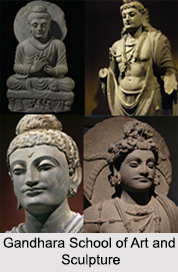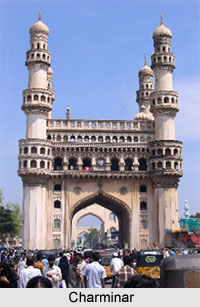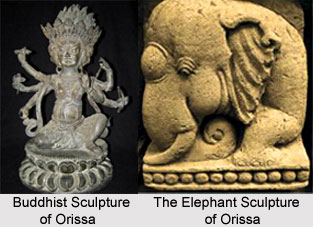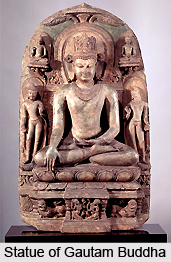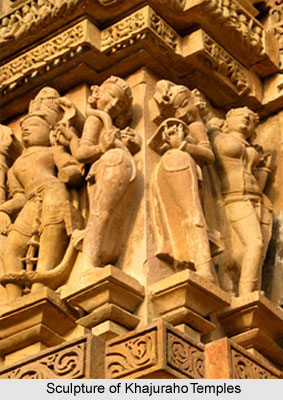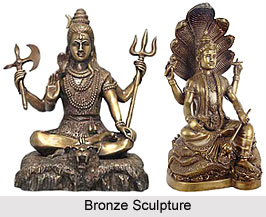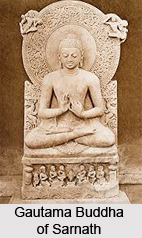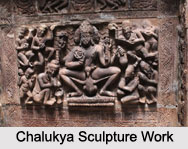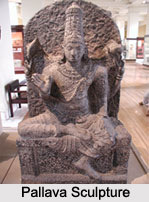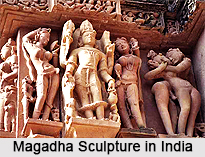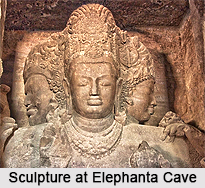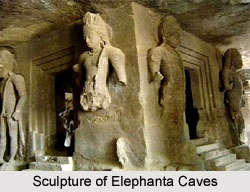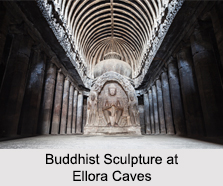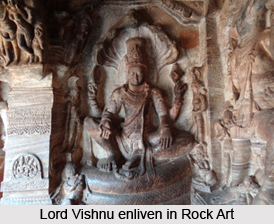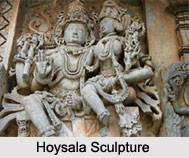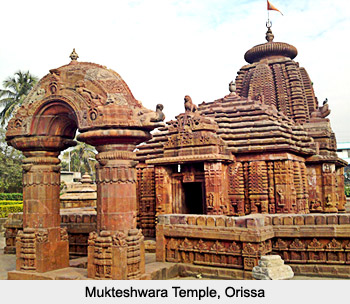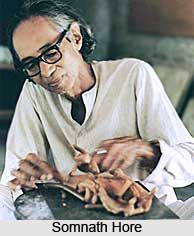 Somnath Hore was born in the year 1921 in Chittagong which is now in Bangladesh. As in his youth he became affiliated with the Communist Party of India, his socialist ideologies influenced the early phases of his artistic career. It was through the active patronage of the Communist Party that he gained entrance to the Government Art College in Kolkata.
Somnath Hore was born in the year 1921 in Chittagong which is now in Bangladesh. As in his youth he became affiliated with the Communist Party of India, his socialist ideologies influenced the early phases of his artistic career. It was through the active patronage of the Communist Party that he gained entrance to the Government Art College in Kolkata.
In 1943 he did visual documentation and reporting of the Bengal famine for the Jannayuddha, magazine of the Communist Party. He has over the years used his talents as a graphic artist and sculptor, to express his own personal angst against a socio-political system which breeds acts of violence.
Hore learned the methods of printmaking mainly lithography and intaglio in the Government College of Art and Craft in Kolkata. He was regarded as the premier printmaker in India by the 1950s. He developed printmaking techniques of his own including famous pulp-print technique which was used in the critically acclaimed Wounds series of prints.
Hore came to Shantiniketan to head the Graphics and Printmaking Department. He taught at Kala Bhavan, the art faculty of Visva Bharati University. He became a close associate of the painter K.G. Subramanyan and the sculptor Ramkinker Baij here.
Hore started making sculpture in the 1970s. The bronze figurines made by him recalled the agonies of famine and war and symbolized modern Indian art. One of his largest sculptures, Mother and Child was dedicated to the sufferings of the people of Vietnam.
He died in the year 2006 at the age of 85. Somnath has expressed concern over man`s inhumanity against man and blatant violation of human values.
In the early 1950s Hore`s drawings and his Tebhaga series of woodcuts show how Chinese Socialist Realism and German Expressionism had influenced him. He was also influenced by the robust style of German printmaker Kathe Kollwitz and Austrian Expressionist Oskar Kokoschka. His drawings, especially the human figures became simplified. He achieved his individual style of contorted and suffering figures which was created with a masterly use of line. His figuration has reflected anguished human body. The torn and rugged surfaces, rough planes with slits and holes, subtle modeling and axial shifts make for exciting visual and tactile sculptures. He is one of the pioneers of the 20th century modern art movement in India.




